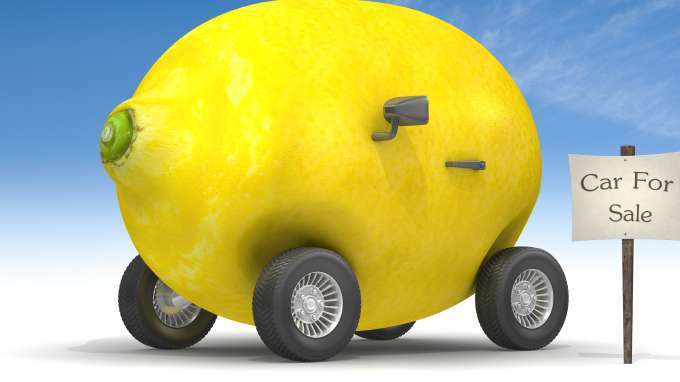
The time comes in everyone’s life to shop for another car. We all fear the used car salesman who is trying to sell us a money pit for a great deal. What can you do to try to avoid by a lemon you will have to make lemonade out of one day? When shopping for another vehicle there are a few things to keep in mind so you can try to avoid another vehicle full of heartache and problems. In this blog we will cover a few items to check for while looking for a good used vehicle for purchase.
- Ask for service records of when the vehicle has been serviced.
- Check fluids (engine oil level and color, power steering, coolant, brake fluid, and transmission) if you have the ability.
- Tire tread life and look for weather cracks
- A/C and Heater function
- Accessories
- Pre purchase inspection
Lets take a look at each one of the items on the list and what you should be looking for.
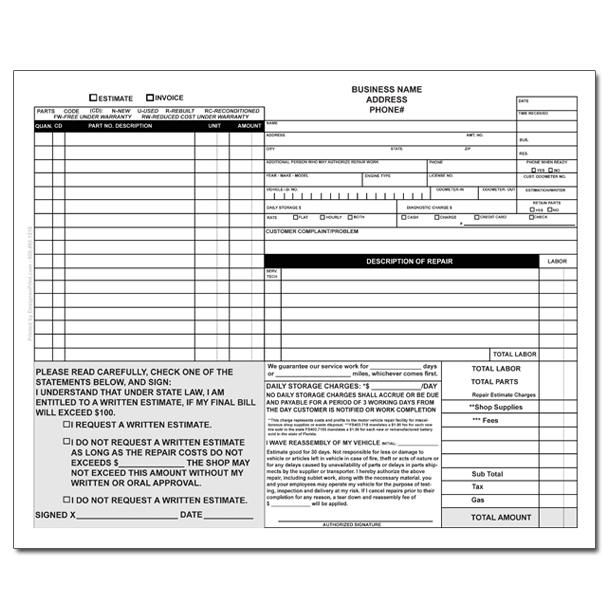
When you look at the service records if any are provided there are a few items to look at. First off look and see who is preforming the services. Is the previous owner showing you receipts for parts purchased? Are they repair invoices from a shop? If you are looking at receipts of parts purchased look at the dates. Check and see if they show consistent services. If the service has been done at shop take your time to read the invoices. Make sure you look at mileages, dates, and recommendations for repairs not just services performed. This will give you an idea of how the previous owner handled routine service on their vehicle.
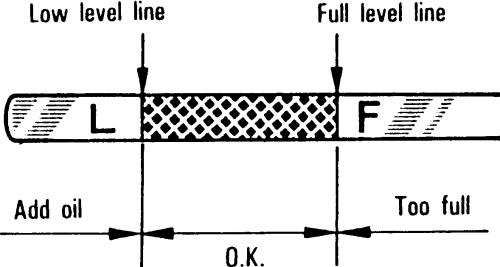
When you are checking the fluids, you will want to pay attention to the level, color, and smell. You will want to pull the engine oil dipstick as well as the transmission dipstick if applicable and check both fluids. Also take a glance at the power steering fluid, brake fluid, and coolant recovery tank. Low fluids could be an indication of upcoming repairs that are needed. While the hood is still up after checking your fluids give the engine a quick once over looking for any signs of a leak pay close attention to the valve cover area.
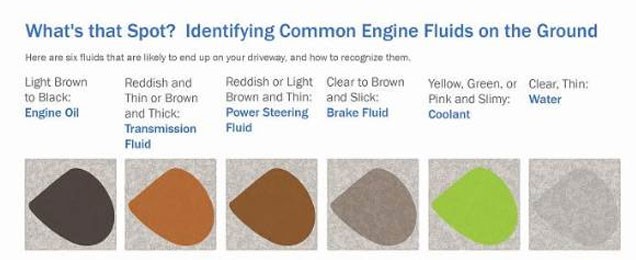
While discussing fluids I would be remiss if we didn’t discuss looking under the car for drip marks from a possible fluid leak. You will want to check under the engine compartment as well underneath the entire vehicle on the ground.
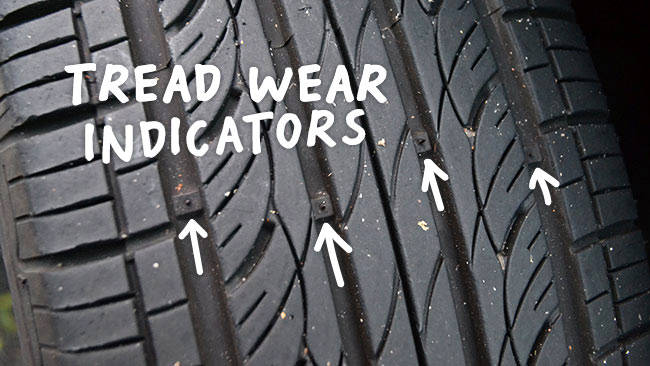
We all know tires are an expensive part of owning a vehicle. When they need to be replaced it’s a good chunk of money. Look at the depth of the tire tread remaining. Not only will you want to see how deep the tread is you will also want to see if the tire is wearing evenly or not. Tire tread wear is a good indication of how the suspension is preforming. Check the sidewalls for any signs of cracking in the rubber.
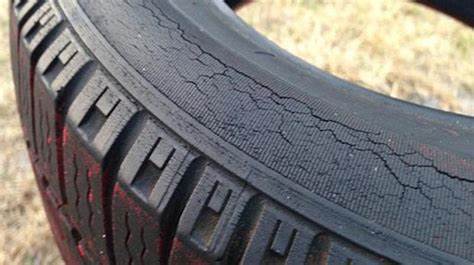
If any cracking is present it could be indication of the age of the tire. You may find tread depth is good on tire but there is cracking in the side walls which could lead to a safety issue sooner than later.
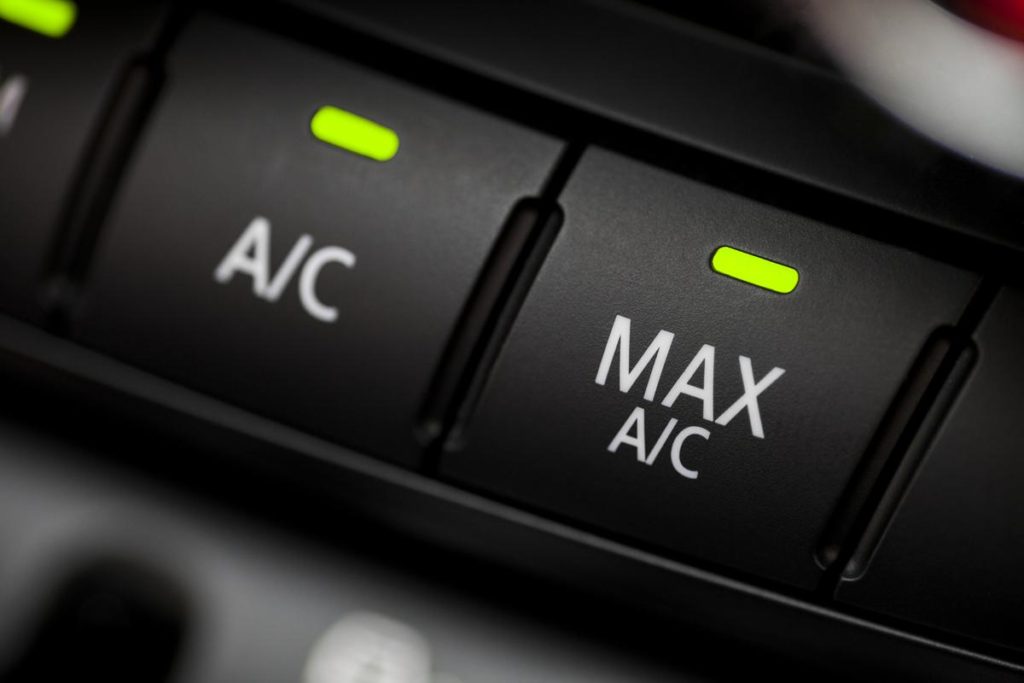
While out test driving your prospective vehicle make sure you check the interior accessories. Turn on the A/C as well as the heater. Make sure the both are working. Just because you get air flowing thru the vents it doesn’t guarantee the A/C or heater is working. Roll all the windows you can up and down, check the door locks, windshield wipers for functionality, squirt the windshield washer fluid, try the radio, and any other electrical functions that car may have. If it is a 4wd drive then put in 4wd for a short period of time. Make sure it is working properly and the differential is not making horrid noises and it drives smooth.
Last thing you can do it take the vehicle to a Third-Party shop to have a pre-purchase inspection completed. This type of inspection will cover many parts of the vehicle. It will give you a good idea of the current condition of the vehicle before you purchase it. Keep in mind just because you did everything you could to check out the car before purchase it can still have some issues after its purchased. Following these steps or some version them can help you find problem cars before they are yours to keep.

